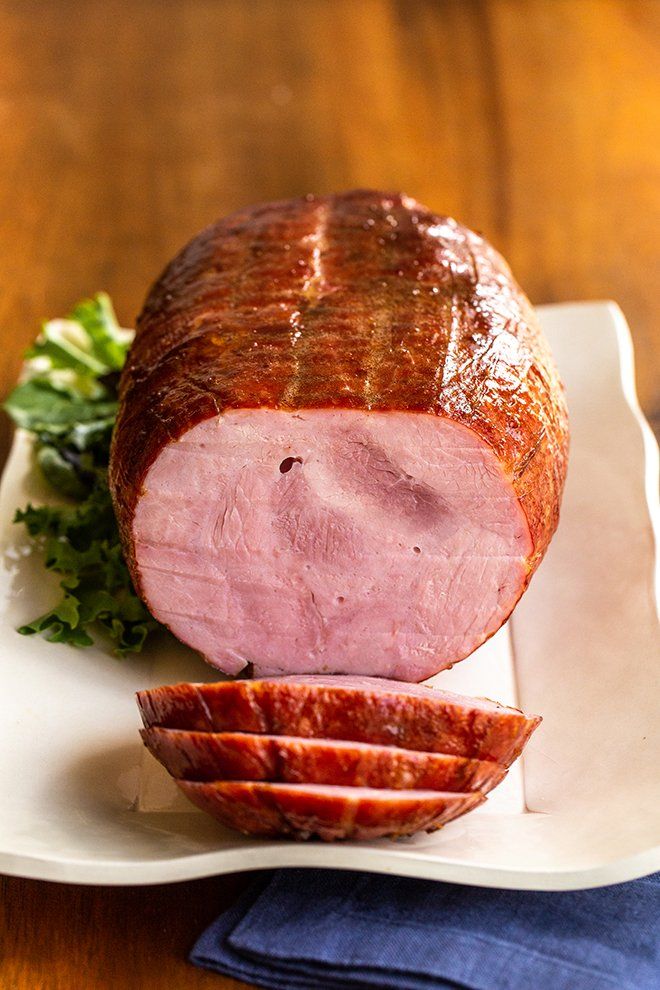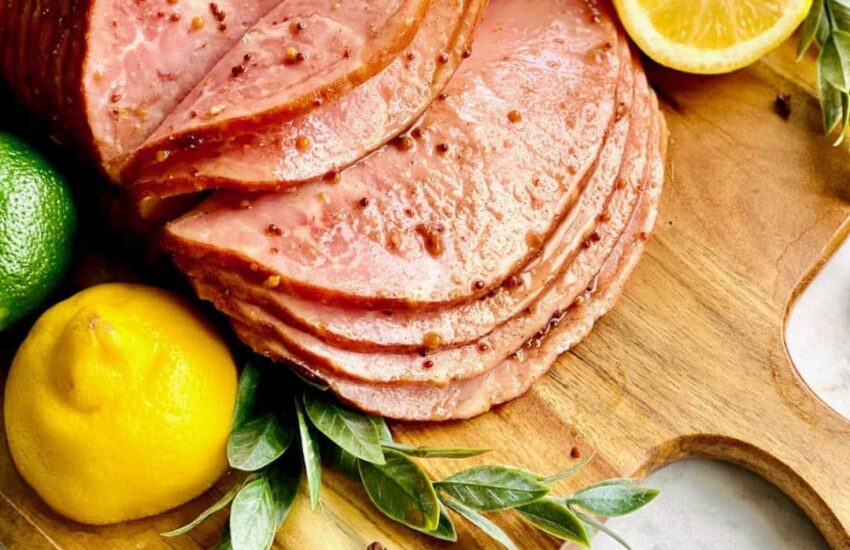Walking into my grandmother’s house on Christmas morning is a memory etched into my senses. Before I even saw the twinkling lights or the piled-high presents, I was greeted by that incredible, soul-warming aroma. You know the one. It is a sweet, smoky scent that seems to hug you the moment you step through the door. That, of course, was the smell of the Christmas ham slowly baking in the oven. It is a smell that feels like home, a tradition so deeply ingrained in our holiday celebrations that I never really stopped to ask a simple question: why? How did this specific cut of pork become the star of the show for so many of our festive meals? It turns out, the story of the Christmas ham is a lot older than I ever imagined. Long before Christmas was celebrated, ancient Europeans had this whole pig-slaughtering thing figured out. It was a practical move. My Scandinavian ancestors, for instance, would butcher their pigs in late autumn, before winter really set in and made feeding livestock impossible. Preserving the meat through salting and smoking was their only way to ensure the family had protein to last through the long, cold months. So when Christianity spread across the continent, this existing tradition of enjoying pork in the winter fit right in with the new Christmas celebrations.
The timing was perfect, and the symbolism of survival and abundance meshed beautifully with themes of hope and renewal. It was a pragmatic tradition that became a sacred one. I sometimes think about how different life was back then. A family’s pig was not just an animal; it was a walking, oinking savings account. Unlike cows that needed vast pastures, pigs could forage in the woods and live off kitchen scraps. They were the ultimate recyclers, turning waste into wealth. For a medieval family, that pig represented security. Serving a ham at Christmas was a powerful statement. It was a way of saying, “We made it through another year, and we have enough to face what is ahead.” That is a feeling I can certainly raise a glass to. Now, let us talk about flavor. That unique, salty, and smoky taste we all love is a direct result of those old-world preservation methods. Salt curing pulls out moisture, which stops bacteria in its tracks and gives the meat that intense, concentrated flavor. Smoking it over wood like hickory in the American South or beechwood in Germany, adds another layer of delicious complexity. This rich history is exactly why the Christmas ham tradition remains a beloved centerpiece for the holiday meal, a topic we will explore further. It is fascinating to me that the very techniques used for survival are what created a culinary icon.

I have to be honest, though. My own experience with preparing a Christmas ham is far from the weeks of labor my ancestors endured. I typically just pick up a pre-cooked one from the butcher. That convenience is wonderful, but it does make me feel a little disconnected from the process. Can you imagine the care and attention it took to cure and smoke a ham for weeks, knowing it was the key to your winter survival? The Christmas ham was the triumphant finale of an entire year’s worth of work. Opening that ham on Christmas day was a genuine cause for celebration. These days, my contribution to our holiday meal is usually the glaze. This is where you can get creative and put your own stamp on the classic glazed ham recipe. The standard brown sugar, honey, and clove combo is a winner for a reason that sweet and salty contrast is just magic. But I have been known to experiment. A little dash of mustard for tang, or a splash of bourbon for depth. Scoring the fat in a diamond pattern before you brush on the glaze is not just for looks; it lets all that sticky goodness seep down into the meat. It is my small way of connecting with that long line of cooks who came before me.
And let us be real, the rise of the spiral-cut ham is a modern miracle, is it not? I mean, who wants to struggle with carving when there is a hungry crowd waiting? I get the convenience, I really do. But a part of me misses the ceremony of my grandfather carefully carving the whole ham at the head of the table. It felt important, like an honor. It is a small ritual we have lost for the sake of ease. It is also incredible to see how this one dish has been adapted all over the world. My family sticks to a pretty classic American version, but in Scandinavia, the Christmas ham is served with sharp mustard and dark bread. In the Philippines, it is a glossy, sweet centerpiece served with rice. And in the American South, some families braise their ham in Coca-Cola! It just goes to show that our food traditions are not frozen in time. They are living, breathing things that change as we do. Lately, I have been thinking more about where our food comes from. The industrial farming that produces most pork today is a world away from the single household pig of the past. It is complicated, and it has made our family more mindful. We now seek out a ham from a local farm that raises its animals humanely. It is a small choice, but it feels like a way to honor the spirit of the tradition respect for the animal and gratitude for the provision. So, whether your family has been serving ham for generations or you are just starting a new tradition this year, I think there is something special about this dish. It is more than just a meal. It is a story on a plate, connecting us to winters past, to our ancestors, and to the simple, powerful joy of gathering around a table with the people we love. And that, to me, is a taste worth savoring.
References
United States Department of Agriculture. (2023). Ham and Food Safety. *Food Safety and Inspection Service*. https://www.fsis.usda.gov/food-safety/safe-food-handling-and-preparation/meat/ham-and-food-safety
Albala, K. (2011). Pork: A Global History. *Reaktion Books*. https://www.reaktionbooks.co.uk/display.asp?ISB=9781861898753
Davidson, A. (2014). *The Oxford Companion to Food* (3rd ed.). Oxford University Press. https://www.oxfordreference.com/view/10.1093/acref/9780199677337.001.0001/acref-9780199677337
National Pork Board. (2023). Holiday Ham Traditions and Preparation. https://www.pork.org

